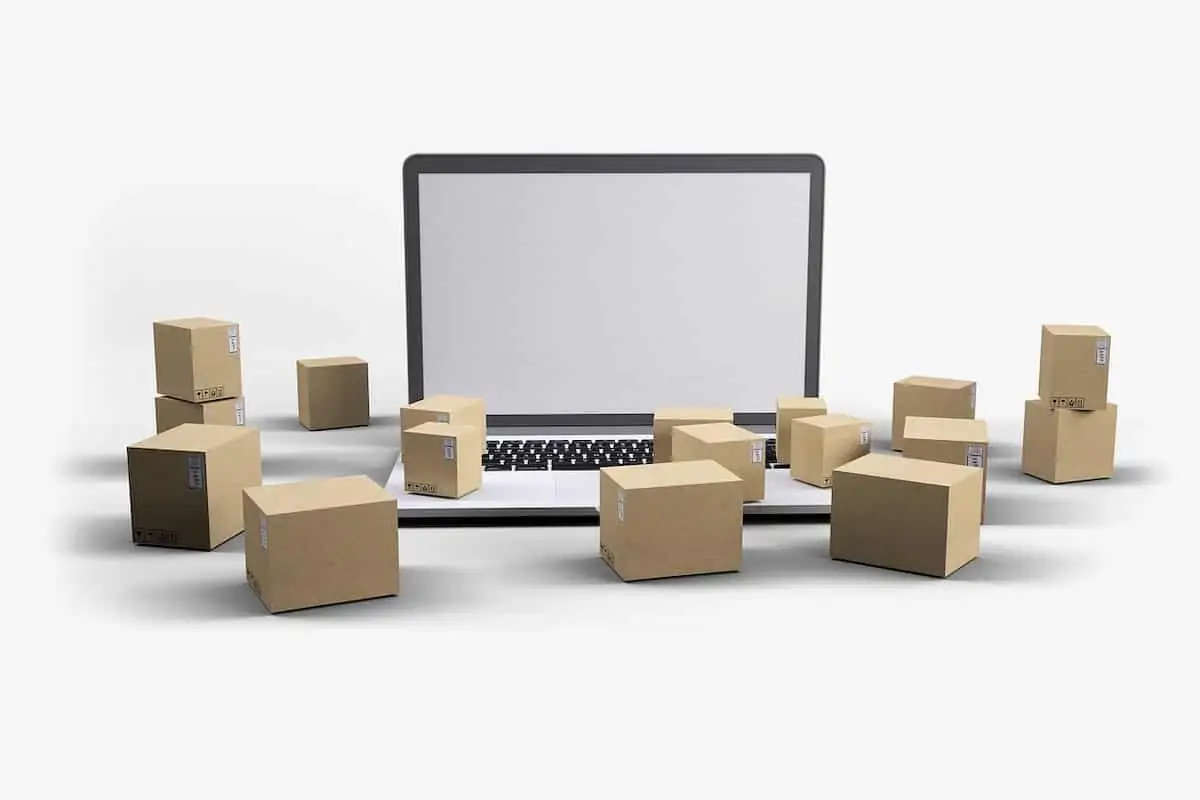
The evolution of e-commerce has paved the way for a new standard of shopping and customer shipping expectations. Especially with COVID-19 restrictions still being enforced around the world, shopping online has truly become both the safest and most convenient option for many around the world.
This is in part due to the amount of information that prospective customers can research about the products they’re interested in prior to purchasing them. One Google search of a particular product allows customers the ability to review its unique features and capabilities, price check amongst similar competing products, read customer reviews, and even find a way to bargain through the use of online coupons before deciding which product to ultimately purchase.
Online retail has become an enormous industry in the past few years. In 2019 alone, e-tail commerce totaled more than $3.5 trillion globally, with more than 1.92 billion people shopping online for products and services.
One of the largest contributors to the statistics above is Amazon. This organization has truly revolutionized the way consumers look at an online retailing experience. This is largely in part due to Amazon’s depth of selection when it comes to their product offerings.
With over 12 million products, the majority of which are sold by third-party sellers, it’d be shocking if you browsed Amazon’s platform without finding something you’d be interested in buying. There certainly isn’t a shortage of people visiting the platform, either. More than 197 million people visit Amazon’s website every month.
These numbers are having a large impact on other online retailers, though. Amazon isn’t necessarily running these smaller online retailers out of business, but rather setting a standard that many other organizations are unable to meet.
For example, more shoppers now expect online brands to ship products faster than before, in part because of Amazon’s shipping options. A recent study found that 88% of shoppers say that their shopping experiences with Amazon make them expect faster shipping and delivery from other e-tailers, as well.
For online retailers that lack the shipping capabilities that Amazon has, this can be bad news. Organizations looking to increase their online retail sales should keep this expectation in mind. If your prospective customers are those that expect a quick turnaround, make your main priority finding methods to increase shipping speeds rather than diversifying your product offering for example.
In the meantime, there are smaller concessions you can make in order to keep your customers happy. One example would be creating a branded tracking page on your website. Rather than redirecting your customers to the shipment handler’s tracking page, allow them to track their package via your website in an attempt to increase brand recognition and simplifying the customer’s experience.
Building off the simplification of the customer’s experience, also consider how user friendly your website is. Do customers have a hard time placing orders on your website? Are they able to navigate and find the products they’re looking for quickly? These are all important factors in ensuring a prospective customer makes a purchase on their first visit to your website.
For first time visitors, be sure that your website lets these users create accounts immediately, so they have a quicker way to order when they return. Creating an account also allows users to save information such as billing and shipping addresses so that it can be auto filled in future orders. This saves customers a great amount of time and trouble.
Another competitive advantage that Amazon has had over smaller online retailers is the free cost of shipping. Recent research indicates the cost and speed of shipping are highly influential factors in whether a customer makes a purchase.
Despite customers expecting their products to arrive in an expedited manner, they’re adamant against paying shipping costs. Seven in 10 customers would rather wait longer for a package if it means they don’t have to pay a shipping cost, and nearly as many say that the cost of shipping is “very important” to their decision of purchasing a product.
Smaller online retailers should look for ways to mitigate shipping costs, such as employing an automated storage/retrieval system to help coordinate warehousing and transportation. The featured customer shipping expectations infographic below details more about what retailers can do to keep their customers happy.

Author bio: John Hinchey is VP of Sales for Westfalia Technologies, Inc., a leading provider of logistics solutions for plants, warehouses and distribution centers. He has more than 20 years of experience in manufacturing and warehouse automation.

